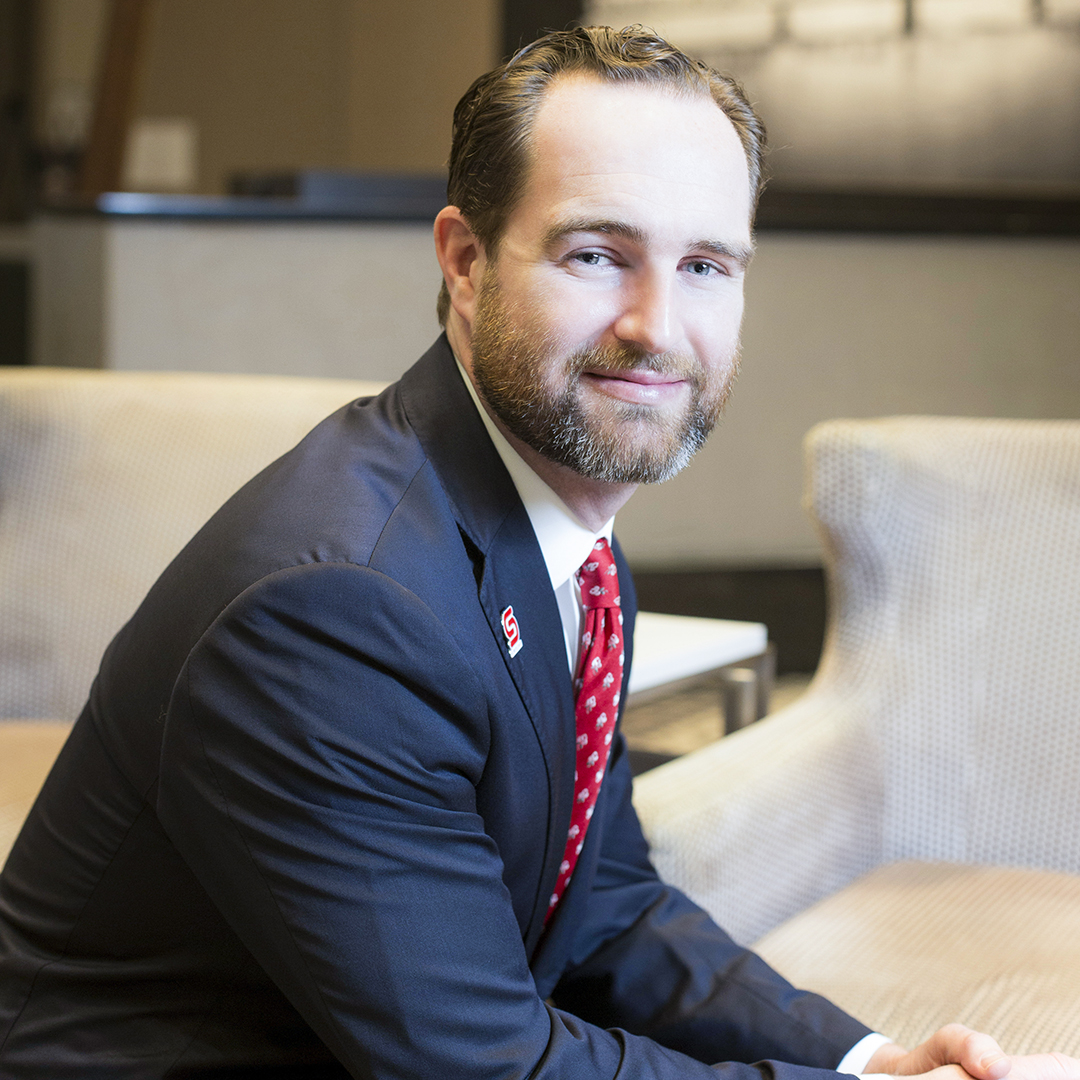|
Getting your Trinity Audio player ready...
|
Naturally, as is the case in all faith-based hospital systems, there are no religious requirements placed on physicians, other staff, or patients to work in or receive treatment in their hospitals. Illness and caregiving are nondenominational.
Yet Roseville, California–based Adventist Health, created in the culture of the Seventh Day Adventist Church, occupies a special place because adherents to the faith have very specific, highly beneficial health practices. Most followers abstain from tobacco and alcohol, subscribe to plant-based diets, engage in exercise at all ages, and are encouraged to live purposefully. They recognize the importance of spiritual and emotional well-being along with their physical health. In fact, Loma Linda, California, where about a third of residents are Adventists, was named among the regions of the world where longevity is statistically significant by Dan Buettner, author of The Blue Zones. In Loma Linda, centenarians are common.

Centered on Community
Terry Webb, vice president of pharmacy services for Adventist Health’s twenty-one-hospital system, greatly respects and values the ethos of this faith-based organization, recognizing its successful application throughout the entire system as smart, caring, future-oriented healthcare that is truly focused on the patient.
“I’ve worked for other organizations that talk about whole health of the patient,” says Webb, who has also worked in several areas of pharmaceutical research. “But this organization really lives it. We make sure patients are kept well and whole.”
The four states that Adventist Health covers—California, Oregon, Washington, and Hawaii—reap the benefits of an organization so closely grounded in its community not only through better access to medicine but also the convenience of a wide network of primary care and specialty clinics. An integrated delivery network (IDN), Adventist Health is not just a “federation of facilities” operating under a common banner; they are “ONE Adventist Health.” This type of alignment of different healthcare providers and locations enables a more seamless approach to patient disease management.
Another manifestation of Adventist Health’s whole-community approach stems from its number of facilities based in rural communities, including Paradise, California, the community nestled in the Sierra Nevada that was almost completely consumed in the 2018 Camp Fire wildfire. Understandably, the expansive Adventist Health Feather River Hospital located there was closed by the fire. But as a result, clinics in Paradise, nearby Chico, and Corning now provide acute care for a two-county region in the aftermath. The recovery plan has even garnered national attention, inspiring The National Rural Health Association to study Paradise to see if it can be a model for telemedicine and other technologies to serve rural populations.
Bringing Care Closer
Webb is ahead of the game with Telepharmacy, a subset of telemedicine. It makes medicine delivery and management accessible to rural patients and home-bound or homeless citizen alike. “This is part of the faith-based nature of the organization,” he says. “In community health, we work to find and help those who can’t necessarily come to our doors.”
Telepharmacy can assume several forms with different definitions. In rural communities where maintaining a full pharmacy and staff pharmacists is too costly, for instance, a technician will work alone on-site while a pharmacist elsewhere reviews patient records and prescriptions, providing counseling via telephone or video services. Another version, already in widespread use, applies to prescription validation for hospitalized patients, which can be done from a centralized location as the licensed pharmacist reviews the computerized physician order entry (CPOE) to determine if the medication is right for the patient. Many rural hospitals that do not constantly keep pharmacists on staff 24/7 already employ this.
Pharmacists working in these centralized locations have to be licensed in all states where they provide care. Webb shares that laws vary from state to state, which pharmacists have to know to pass licensing exams in each region. Overall, modernizing remote services might be the key to allowing rural hospitals to stay in business. “Telepharmacy allows local pharmacist to decouple from the computer and spend more time at the patient bedside providing direct patient care,” says Webb. It can also mean making medication specialists available, such as those who are skilled in pain management or psychiatry, to more communities.
“In community health, we work to find and help those who can’t come to our doors.”
So far, Telepharmacy has proven to work efficiently and effectively. Webb says the future goal is for 70 to 80 percent of medication order validations to be made off-site. Moreover, telemedicine and Telepharmacy will be important tools for all healthcare delivery, urban and rural. Webb is confident that artificial intelligence will factor into this practice as well. “It starts with data,” he says. “There are key patient variables and lagging indicators tied to their medical histories that can be analyzed using AI to drive better decisions through actionable data.” Additionally, care coordination via different types of partnerships with other, large healthcare systems will make them collaborators instead of competitors, “referring patients to each other where each of their strengths lie.”
With respect to bringing care to every community, these tools prove to be valuable resources to fight declining revenues and rising delivery costs that currently put many hospitals out of business. At Adventist Health, Webb’s faith in the hospital system and advanced care methods guide the organization in ensuring fair, equitable healthcare delivery, regardless of location.

